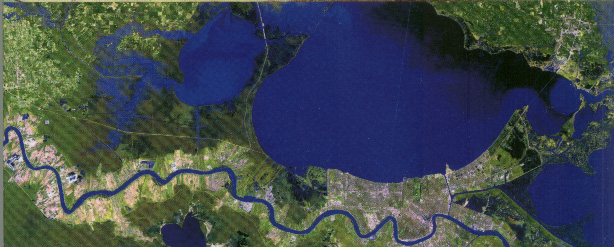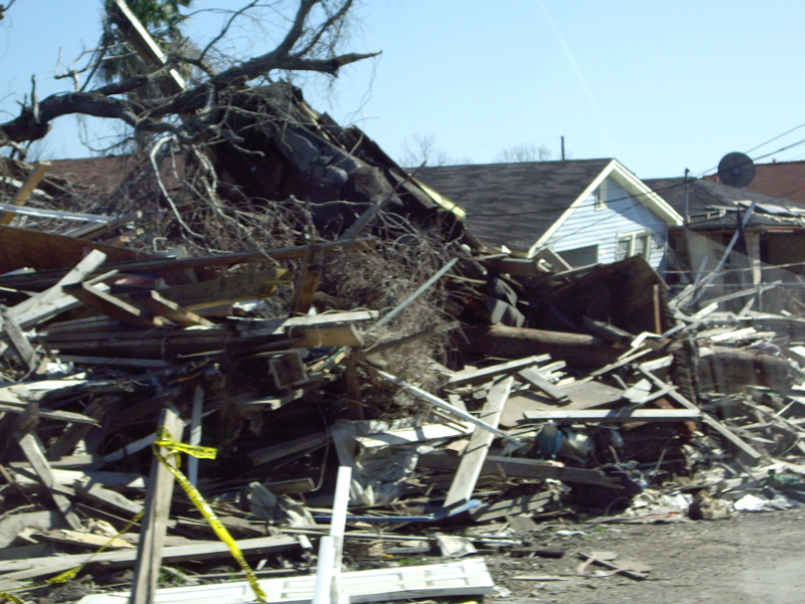
New Orleans 'swept back to Stone Age'
By Catherine Elsworth in La Place
(Filed: 31/08/2005)
The people of New Orleans were warned last night that the destructive fury of Hurricane Katrina and its terrifying aftermath could change their city for ever.
Katrina tore through the area, submerging entire neighborhoods and leaving many dead. And yet, ominously, every hour that passed suggested that the worst was yet to come.
Extensive flooding has wrecked infrastructure that will leave New Orleans uninhabitable for months , March 2006 photo.
The city's infrastructure - its power, water supplies and sewage - have been almost totally wrecked. The area will be uninhabitable for months.
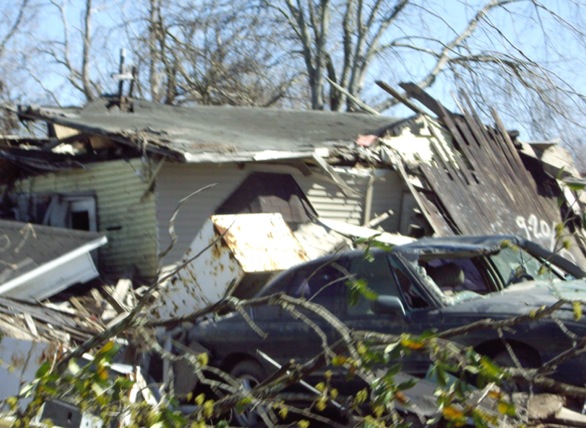
Emergency services were in "search-and-rescue" mode, appealing for anybody with flat-bottomed boats to pluck to safety the hundreds of residents still clinging to the roofs of their flooded homes.
Some waited more than 24 hours for help. The only radio station still broadcasting in the city urged those trapped to "make a sign, wave sheets, holler and scream".
Lois Rice, a paraplegic trapped in her home, floated up to the attic on an inflated air mattress, screaming for help. The police sliced a hole in her roof with a chainsaw to rescue her.
In Metairie in western New Orleans, fleets of National Guard and Coastguard helicopters shuttled rescued residents to dozens of ambulances. Pale, soaked and wearing dirty nightclothes, they limped to wheelchairs or were carried to paramedics who took them out of the city. The Phillips family were pulled from their rooftop by a Coastguard helicopter.
"We were sitting in the attic for a day-and-a-half," said an exhausted Jeanette Phillips as she stumbled towards the ambulances with her husband, Clarence, their son and her father. "We had to bust a hole in the roof to get out," Mr Phillips said. "It looked real bad, there was eight or nine foot of water and lots more people stranded."
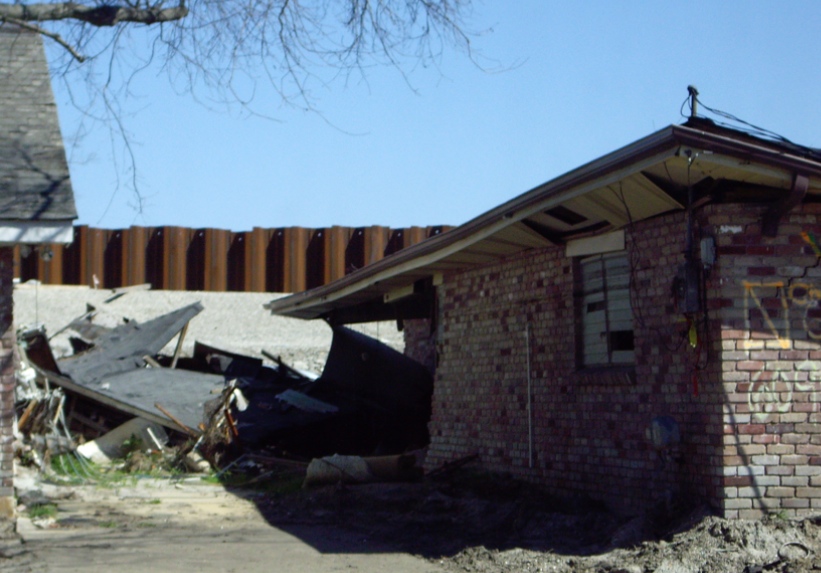
The storm destroyed two of the protective levees surrounding the city, which is largely below sea level. The breach immediately allowed the Mississippi on one side and Lake Pontchartrain on the other, to pour in.
The suburb of Plaquemine, was said to have been "reclaimed by the Mississippi". The Sheriff of Plaquemine, said it was as if "the Gulf of Mexico had moved 40 miles inland".
"We're going to be living in the Stone Age for a while after this," commented Doug Merrill, a Gulfport detective. "There are parts of our city that just aren't there any more."
The brutal force ripped part of the metal from the roof of the city's major shelter, the Superdome, where up to 10,000 people sought refuge and continued to arrive yesterday. Anyone who had stayed in the city was urged to leave.
"On the I-10 interstate freeway approaching New Orleans, trees in the surrounding wooded swamplands were smashed and street lamps, electricity poles and metal road signs snapped like twigs. Abandoned cars littered the sides of the road.
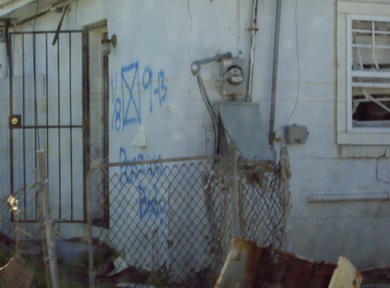
Possible Body," a photograph of a home in the lower Ninth Ward taken six months after the levees failed. JVS, March 3, 2006.
At a garage in Sorrento, disheveled and exhausted evacuees stocked up on snack food and water, trying to make contact with relatives on scarcely working mobile phones and land lines. Between them, children ran about barefoot in their nightclothes.
They swapped snatched tidbits of information about the state of the city, trying to separate rumor from fact. "I can't believe this has happened to New Orleans," one man said. "They say all of the levees are gone. Who knows when we'll ever get home."
Another woman was panicking about her daughter and granddaughter. "I don't know where they are," she said. "The last I heard they were heading for a hotel in Biloxi."
Radio reporters broadcasting from within New Orleans likened it to a war zone. "I'm staring at utility poles snapped like crayons," said one. "It is going to take us years to grasp the magnitude of what has happened and begin to recover."
Like most of the 850 or so refugees camping out in one Red Cross emergency shelter, Myriam Lopez was in the dark.
The 34-year-old New Orleans resident had frantically gathered together her brothers and sisters, nieces and nephews, thrown some belongings into her car and driven through the night with her husband to escape the looming destruction of Katrina. But her mother had refused to come.
"I said to her, 'What happens if you can't get out?'" Mrs Lopez recalled. "She said, I've got some steps ready in case the water comes along, I'll climb up on to the roof. We've no idea if she's okay."


